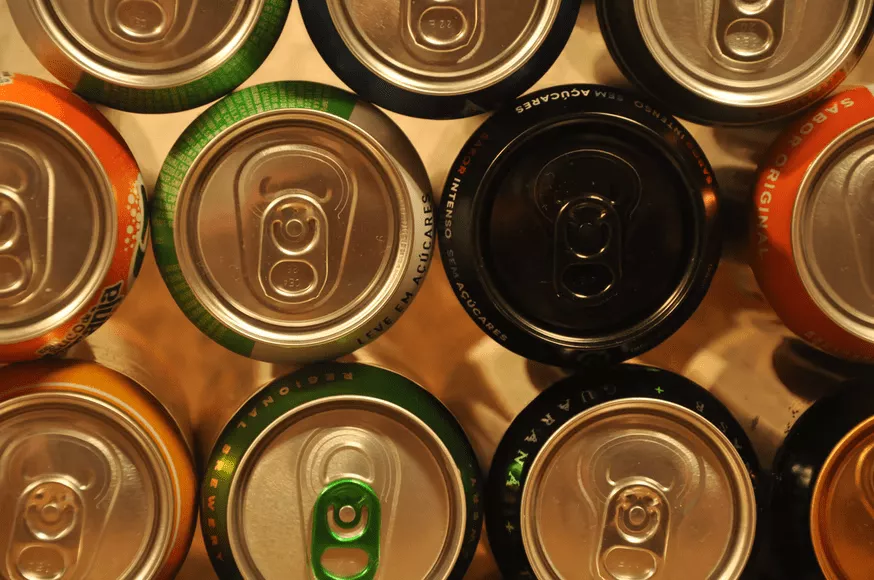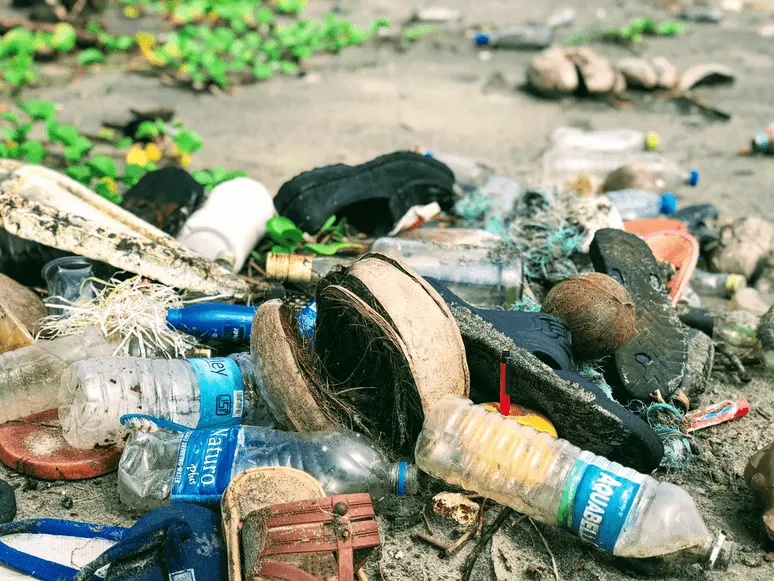6 Best Types of Eco-Friendly Food Packaging (And 4 to Avoid)
At present, consumers and businesses are making efforts to stay environmentally conscious. Various industries find ways to decrease their ecological footprint through different methods. For instance, avoiding single-use and non-degradable plastic packaging has been a trend in the packaging industry.
Consumer packaging for food products causes the most plastic and paper waste, with about 60% ending up in landfills. Today, more people are concerned with consuming ethically-sourced and sustainably produced food but pay no attention to the packaging it comes in. Food packaging should be just as good for people’s health as it is for the planet.
If you’re looking to minimize your environmental footprint as a food business, this article will help you as it discusses some of the best sustainable food and product packaging solutions.
The Best Types of Eco-Friendly Food Packaging to Consider
1. Glass packaging

Using glass as custom food packaging has a multitude of uses and benefits. It’s reusable, recyclable, and durable enough to withstand the test of time. Furthermore, it’s easy to clean and transportable, which can be appealing to consumers. More importantly, glass packaging can be discarded with minimal negative environmental impact.
2. Kraft paper containers

Kraft paper or brown paper is one of the world’s more eco-friendly food packaging. It comes from the German word “Kraft,” meaning resistance, effectiveness, and strength. It’s manufactured from virgin wood pulp, making it organic. They are also compostable and recyclable, making them environmentally friendly and sustainable. Lastly, kraft paper can be recycled up to seven times due to its durable properties.
3. Plant-based materials

Some plant-based packaging includes corn, maize, cornstarch, bagasse, and more derivatives. These derivatives make the material eco-friendly and biodegradable. However, these types of packaging need to be disposed of correctly in compost to ensure that it doesn’t take too long to decompose.
Plant-based packaging is relatively cheap, sustainable, and easy to produce, hence why they’re popular among companies with a wide variety of food products.
4. Compostable and biodegradable packaging

Other food packaging ideas include compostable and biodegradable packaging. Most food packaging is reusable or recyclable, but only a few are compostable and biodegradable. Some compostable packaging is made from sugarcane fiber, a byproduct of sugar manufacturing factories. They’re microwave-safe and 100% biodegradable, which is another benefit for environmentalists. However, it’s important to note that a commercial composting facility should be involved for effective decomposition.
5. Metal packaging

Metal packaging is most commonly found in carbonated and non-carbonated drinks. It remains one of the top eco-efficient and recyclable packaging used to date for its incredibly high recyclability rate.
Recycling scrap aluminum requires a mere 5% of the energy needed to produce virgin aluminum. This results in a 95% energy saving to use recycled aluminum over virgin material. When it comes to the steel industry, it saves enough energy to supply the annual electricity needs of more than 18 million homes through recycling.
6. Recycled cardboard packaging

Organic materials and cardboard are very friendly to the environment. These packaging materials are often recycled to make cereal boxes, frozen food boxes, and more.
Corrugated boards are among the most widely recycled materials globally. They are made of recyclable materials such as used cardboard cartons and old newspapers. Its average composition is from 70%-90% recycled materials, and some corrugated boards are even made from 100% recycled materials.
Moreover, corrugated cardboard is often produced without dyes or bleaches, further reducing its footprint and recyclability levels.
Avoid These Not-So-Eco-Friendly Types of Food Packaging
1. Single-use plastics

As their name suggests, single-use plastics (SUPs) are only used once before being thrown away. These plastics fill up landfills quicker but relatively never decompose, making them stay there for over 100 years. Unfortunately, single-use plastic products are also more likely to end up in our seas and oceans than reusable options. Single-use plastics make up about 70% of all marine litter in Europe alone.
2. Black plastic containers

Black plastic is problematic for recyclability because most sorting machines cannot detect it. Furthermore, the global commodities market does not buy black plastic because it has a low market value, making up only about .06% of the international plastic market. Therefore, most of it ends up in landfills or incinerated.
3. Individually-wrapped produce

Produce was never supposed to be cut then re-wrapped. Uncut produce has a natural wrapping that protects its nutritional value from natural elements. Cutting fresh produce also exposes them to oxygen, light, and heat, which affects their vitamin retention.
Although wrapping can save consumers prep-time, it costs them nutritional value, making it unnecessary. The additional wrapping can serve as extra waste to the global environmental problem.
4. Coffee pods

Coffee is one of the most consumed products in the world. In 2020, the global consumption of coffee came to about 166.63 million 60-kilogram bags of coffee. However, not everyone can make their coffee the way major franchises do, which is why many coffee drinkers have switched to automatic coffee machines that make use of coffee pods.
Unfortunately, coffee pods aren’t the best solution for this problem; about 20 billion are now used worldwide, and many end up in landfills where it can take 500 years for them to break down.
The Future of Food Packaging Trends
The world has come far from the usual plastic bags used during weekly grocery trips. Today, there are many eco-friendly food packaging choices, which are also rising as food packaging trends, to wrap or protect the product and reuse or recycle them after consumption.
As a business, it’s essential to know that the world’s consumers are slowly considering safer and more environmentally-friendly alternatives. As more people realize the importance of properly sourced materials, so do the number of people who want to save the planet.
If you’re looking to know more about what you can use for your business, talk to experts from Meyers Printing so you can bring your packaging dreams to life with professional printing solutions. Contact us today!

